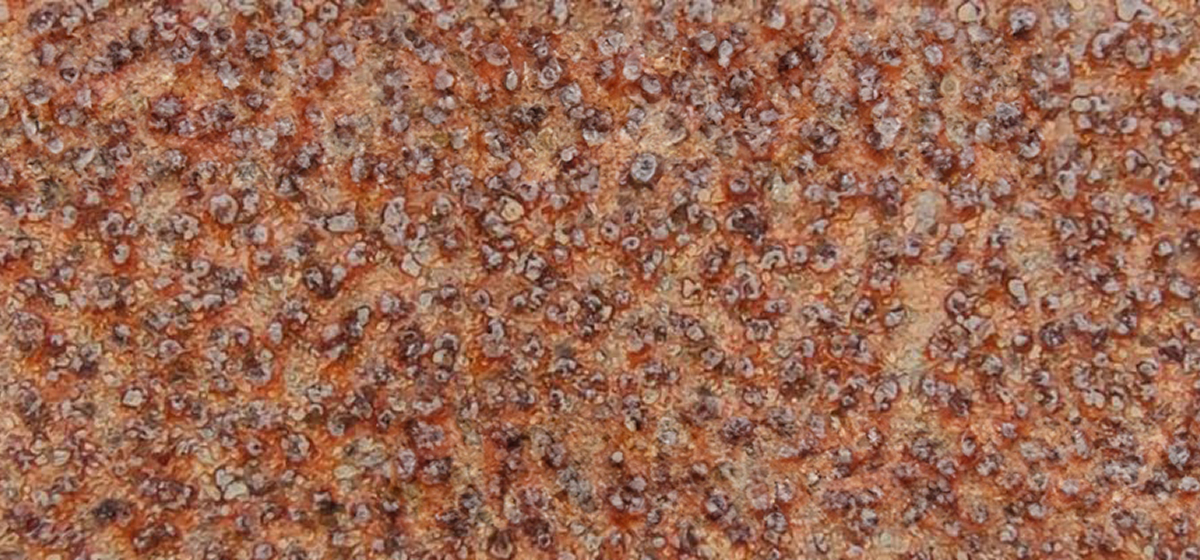
The Gas Corrosion Group develops new alloy systems for high-temperature materials using thermodynamic modelling. We carry out corrosion tests in different oxidizing gases at 1000 °C and above, as well as advanced microstructure investigations. By developing materials that are stable under extreme conditions, our research contributes to increasing the efficiency of high-temperature energy conversion.
Group
The Liquid Metal Technology Group deals with the interactions between liquid metals and materials. We also develop methods for measuring and controlling non-metals dissolved in liquid metals as well as material coatings for use in liquid metals. With the qualification and targeted improvement of materials, we are opening up new fields of application for liquid metals.
GroupThe availability of materials that are compatible with the operating conditions is a prerequisite for the reliable and economical implementation of processes in industrial plants and machines. Undesirable interactions between the materials and the process environment as well as advantageous material behaviour need to be understood on a mechanistic level and quantified. When established concepts reach their limits, new approaches must be developed, including new material classes or material composites. Our tools include thermodynamic modelling of alloy systems, testing equipment adapted to the process-specific loads, and modern materialography. Our work is currently focussed on gas corrosion and material interactions with liquid metals.
Publication
Raab, S.; Karmakar, A.; Chuang, P.-Y. A.; Weber, A.
2025. Journal of The Electrochemical Society, 172 (11), Art.-Nr. 114508. doi:10.1149/1945-7111/ae1b3d
Steinbrueck, M. (Ed.)
2026. Karlsruher Institut für Technologie (KIT)
Zielke, P.; Lauble, S.
2025. IOP Conference Series: Earth and Environmental Science, 1546 (1), 012077. doi:10.1088/1755-1315/1546/1/012077
Scherle, Y.; Both, P. von
2025. Proceedings of the International Conference on Education and Research in Computer Aided Architectural Design in Europe, 367–377, Education and research in Computer Aided Architectural Design in Europe (eCAADe)
Bartels, S.; Meurer, T.
2025. IFAC-PapersOnLine, 59 (22), 681–686. doi:10.1016/j.ifacol.2025.11.713
Jonitz, P.-L.; Meurer, T.
2025. IFAC-PapersOnLine, 59 (22), 237–242. doi:10.1016/j.ifacol.2025.11.638
Rink, T.
2025, December. CONUS(+) Collaboration Meeting (2025), Heidelberg, Germany, December 1–2, 2025
Stuckert, J.
2025, December 16. 30th International QUENCH Workshop (2025), Karlsruhe, Germany, December 16–18, 2025
Rink, T.
2025, September 30. Retreat - International Max Planck Research School for Precision Tests of Fundamental Sysmmetries, Alumnus talk) (IMPRS-PTFS 2025), Karlsruhe, September 30, 2025
Szabadi-Fuchs, J.
2026, January 9. Karlsruher Institut für Technologie (KIT). doi:10.5445/IR/1000189476



